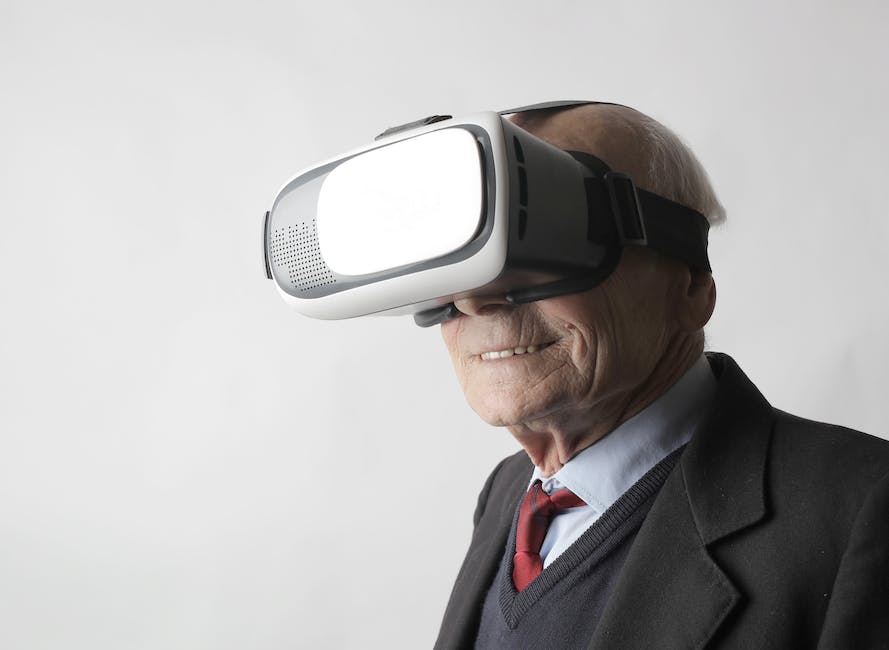“The Art of VR Storytelling in Virtual Worlds” is a comprehensive exploration of the innovative narrative techniques employed in virtual reality environments. It delves into the unique challenges and opportunities presented by VR technology in crafting immersive stories. The subject matter encompasses the evolution of storytelling through VR, the technical aspects of creating virtual worlds, and the psychological impact of these experiences on the audience. It highlights the transformative potential of VR in redefining traditional storytelling norms and offers insights into the future of this emerging medium.
Exploring the Art of VR Storytelling in Virtual Worlds

The art of storytelling has been a fundamental part of human culture for thousands of years. From the ancient cave paintings to the modern novels, storytelling has always been a way for us to communicate, entertain, and educate. But as technology continues to evolve, so does the way we tell stories. One of the most exciting developments in recent years is the emergence of Virtual Reality (VR) storytelling in virtual worlds.
VR storytelling is a unique and immersive form of narrative that allows users to step into the story, rather than just observing it. This is achieved by creating a virtual world that the user can explore and interact with. The story unfolds around the user, making them feel like they are part of the narrative. This level of immersion is something that traditional forms of storytelling simply cannot achieve.
The process of creating a VR story is a complex one. It involves not only writing a compelling narrative but also designing a virtual world that can support and enhance that narrative. This requires a deep understanding of both storytelling and game design principles. The writer must consider how the user will navigate the virtual world, what they will see and hear, and how they will interact with the story. This is a challenging task, but when done well, it can create a truly unforgettable storytelling experience.
One of the key aspects of VR storytelling is the use of interactivity. Unlike traditional stories, where the audience is a passive observer, VR stories allow the user to actively participate in the narrative. They can make choices that affect the outcome of the story, interact with characters, and even manipulate the environment. This level of interactivity gives the user a sense of agency and makes the story more engaging and personal.
Another important aspect of VR storytelling is the use of spatial audio. This is a technique that uses sound to create a sense of space and direction in the virtual world. For example, if a character is speaking to the user from the left, the sound will come from the left. This not only makes the virtual world feel more realistic but also helps to guide the user through the story.
Despite the many advantages of VR storytelling, it also presents some unique challenges. One of the biggest is the issue of motion sickness. This can occur when the user’s visual perception of movement does not match their physical movement. To overcome this, VR storytellers must carefully design their virtual worlds to minimize the risk of motion sickness.
Another challenge is the need for high-quality VR equipment. While the technology is becoming more affordable, it is still out of reach for many people. This limits the audience for VR stories and makes it harder for creators to recoup their investment.
Despite these challenges, the potential of VR storytelling is enormous. It offers a new and exciting way to tell stories, one that can engage the audience in ways that traditional storytelling cannot. As technology continues to improve and become more accessible, we can expect to see more and more incredible VR stories being told. So, next time you’re looking for a unique storytelling experience, why not step into a virtual world?